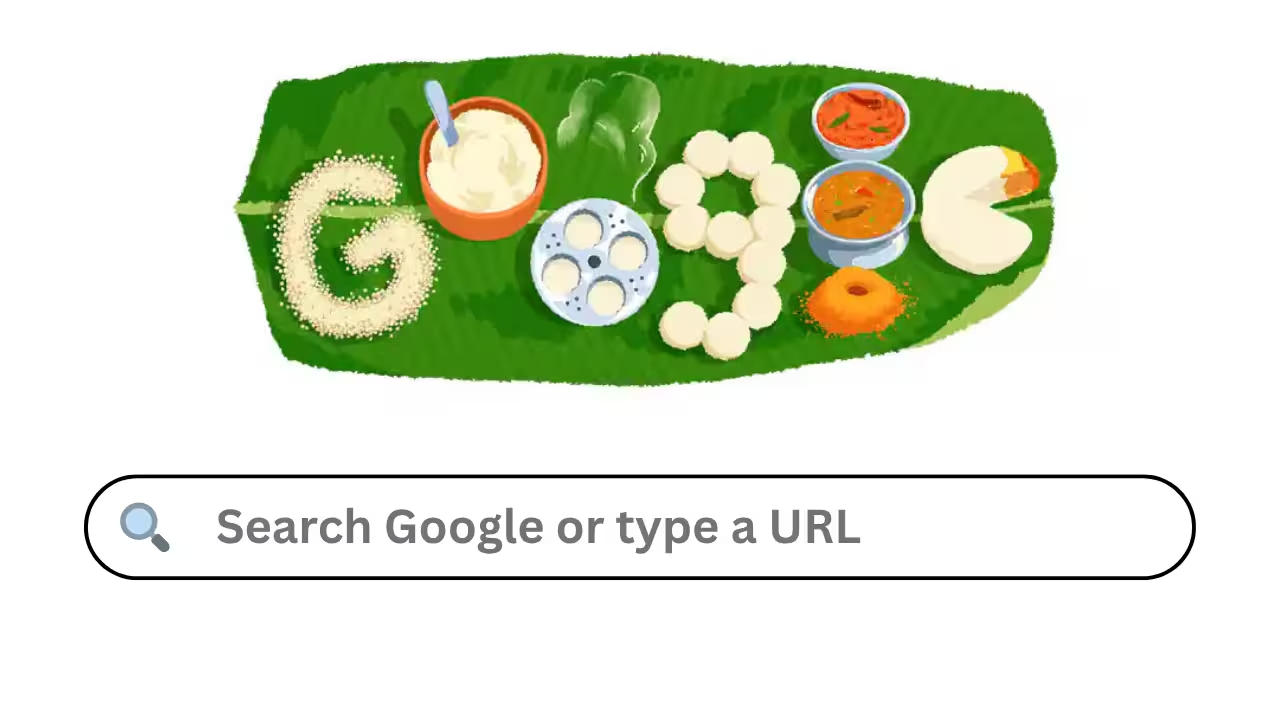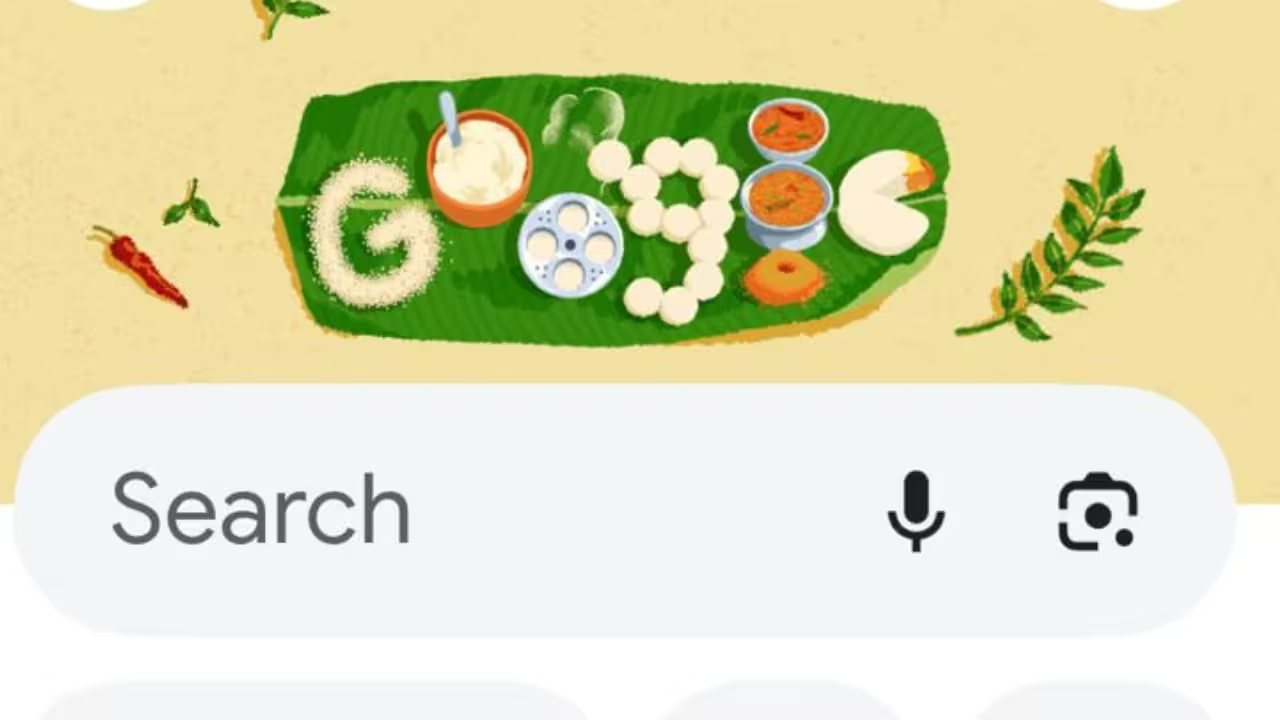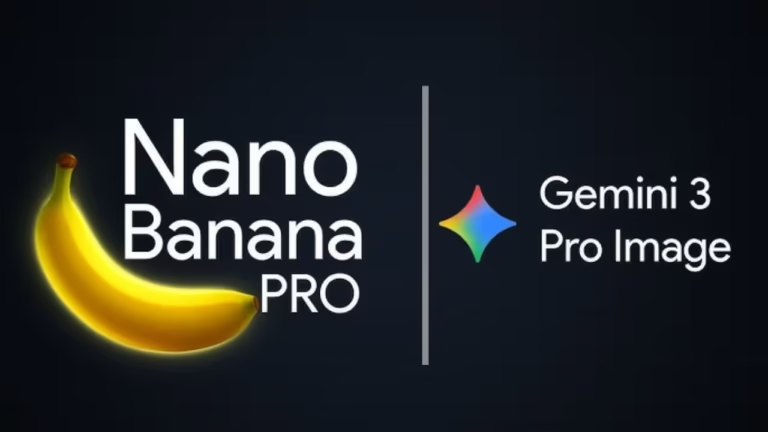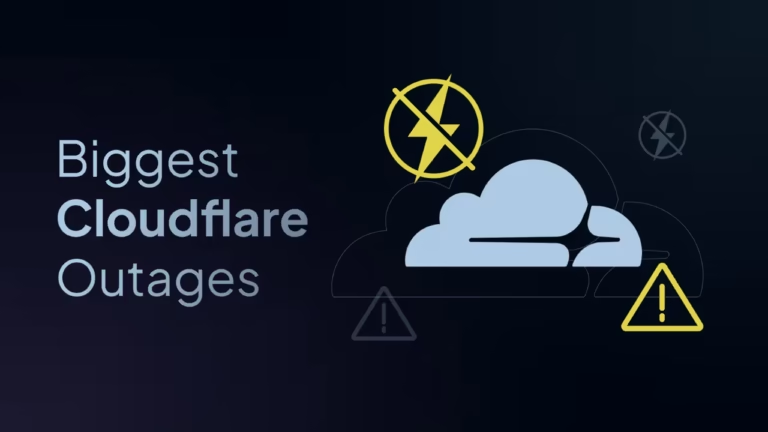
Google honors the beloved South Indian dish ‘Idli’ with a special Doodle celebrating its cultural and global significance.
Published on: October 11, 2025 at 17:14
Today, as you opened Google, you might have seen a playful twist: the letters of “Google” reimagined using idlis, sambar, chutney and banana leaves. That’s because Google launched a special “Celebrating Idli” Doodle on October 11, 2025, highlighting one of South India’s most beloved dishes.
But this is more than just visual flair. It’s a nod to idli’s deep cultural roots, its quiet rise on the global stage, and yes — its surprising benefits for your gut. In this post, we’ll explore three major dimensions: (1) Why Google chose to celebrate idli today, (2) The health and gut advantages dietitians are calling idli a “quiet hero,” and (3) How idli’s appeal has crossed borders to become a global comfort food. Let’s dive in.
Why Google Is Celebrating Idli — Beyond a Pretty Doodle

Google’s Doodles often commemorate anniversaries, festivals, pioneering individuals, or cultural milestones. But this time, October 11 is not a recognized “Idli Day” — that is officially observed on March 30 in some circles. Instead, this Doodle seems intended as a standalone celebration of culinary heritage and identity.
Let’s break down what the Doodle does (and signals):
-
The Doodle visually transforms the Google logo into idlis, chutney bowls, banana leaves, and steaming idli trays — highlighting the full journey from grain to plate.
-
The banana leaf motif evokes tradition and South Indian hospitality.
-
By featuring this on Google’s homepage, the Doodle implicitly says: idli is not just a regional dish — it’s part of India’s shared culinary identity, and now worthy of global attention.
-
The timing is opportunistic: Google often uses its Doodles to surface trending cultural moments or foods. In this case, the Doodle taps into the ongoing interest in healthy, fermented foods and gut health.
So, the Doodle serves as both a visual homage and a subtle nudge: look again at this humble dish, and you might discover it’s more than you thought.
Idli — The “Quiet Hero” for Your Gut (What the Dietitians Say)
When nutritionists in Bengaluru and beyond call idli a quiet hero for the gut, they aren’t just flattering a favorite dish — there’s science behind it.
Fermentation and digestibility
Idli batter is made by soaking rice and urad dal (de-husked black gram), then grinding and fermenting the mixture. Fermentation breaks complex starches into simpler compounds and enhances enzyme activity, which helps make the final product easier to digest.
While the actual probiotic bacteria produced during fermentation don’t survive the steaming process (high heat kills most live cultures), the prebiotic fibers and partly digested nutrients remain. These feed the beneficial microbes in our gut and support healthier digestion.
Low in fat, light on the stomach
Idlis are steamed, not fried. This means they are low in added fat, making them a gentle option for digestion. Dr. Priya Dey (Bengaluru dietitian) suggests enjoying idlis in the morning or as a light dinner — times when the digestive system is more receptive.
Balanced nutrition and satiety
A typical idli provides a mix of carbohydrates (from rice), protein (from dal), and minimal fat. When paired with sambar (lentils + vegetables) and coconut chutney (healthy fats + fiber), you get a relatively balanced mini-meal. This balance helps with blood sugar control and prevents sudden energy crashes.
Caution: Moderation matters
While idli offers many benefits, experts caution against overconsumption. Fermented foods may cause gas or bloating in sensitive individuals.Also, store-bought or ready batter versions may contain added salt, preservatives, or stabilizers — which reduce health advantages.
Bottom line: idli may not be a probiotic food itself post-cooking, but it supports gut health by enhancing digestibility and acting as a gentle, nourishing staple.
ALSO READ| Is Starlink Good for Gaming? A Deep Dive Into Speed, Latency & Real-World Performance
From South India to the World — Idli’s Global Appeal

How did a simple steamed rice cake become worthy of a Google Doodle? Because idli’s journey is also a story of cultural diffusion and identity.
Cultural resonance and nostalgia
For generations, idli has been a go-to breakfast in Tamil Nadu, Karnataka, Andhra Pradesh, and Kerala, served with chutney, sambar, or ghee. Over time, it became a nostalgic emblem for many Indian families — a smell, a texture, a memory. The Doodle taps into that emotional chord.
Adaptive and versatile
Across India, regional variations have emerged: rava idli (using semolina) in Karnataka, variations using millets or other grains (e.g. foxtail millet idli). Abroad, idli has found a place in Indian restaurants in New York, London, Singapore — people often seek comfort in “home food” even when far from home.
A gentle ambassador of Indian cuisine
Unlike highly spiced dishes that might deter newcomers, idli is mild and approachable. It becomes an accessible entry point for global audiences to explore South Indian cuisine. Google’s Doodle amplifies that: it places idli on the global digital map.
Trends, virality, and reinvention
On the day of the Doodle, social media lit up with creative idli recipes — chocolate idli, idli burgers, apple idli, fusion twists. This shows how a traditional dish can evolve and stay relevant in the age of viral recipes. It’s part of how food heritage lives on: through innovation.
ALSO READ| iPhone 17 vs iPhone 16: Is the Upgrade Really Worth It?
As someone who grew up eating idlis with chutney and filter coffee, seeing Google honor this humble dish today felt like a quiet moment of pride. It’s a reminder that even the simplest foods can carry deep stories — of culture, health, memory, and identity.
So, the next time you bite into a soft, warm idli, remember: you’re tasting centuries of tradition, a fermentation story that whispers to your gut, and now, a dish celebrated on the global stage.
Let’s celebrate not just a doodle — but a food that keeps evolving, nourishing, and connecting us.





